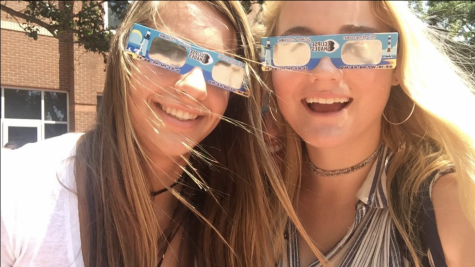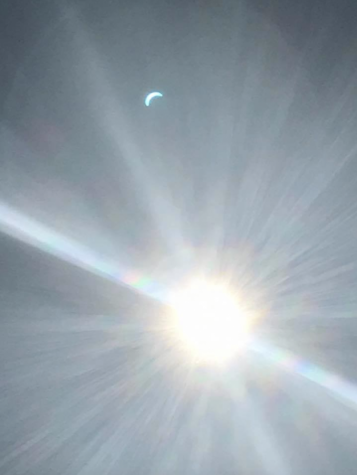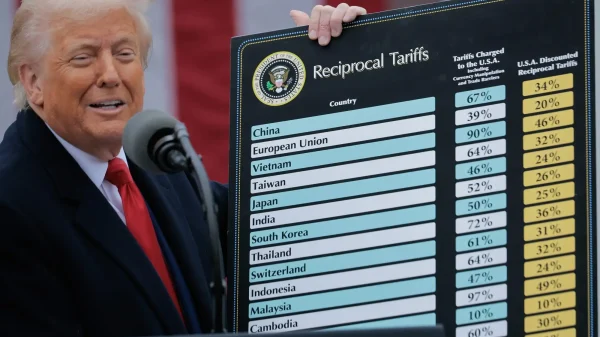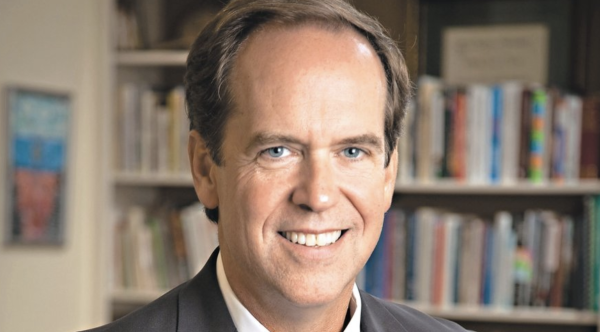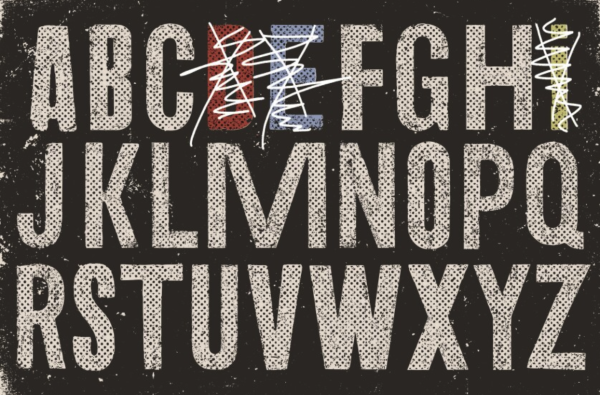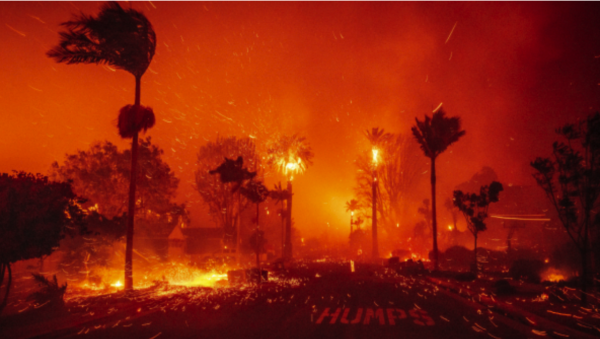Upper school witnesses anticipated eclipse
Hundreds of upper school students and faculty taking a break from second period stand, sit and stretch out on the warm green grass of Broyles Field. 2:35 PM, an eerie, diffuse, muted daylight covers the school like a blanket. Shadows cast down on the ground from leaves, and branches take on a crescent shape: foreshadowing. Everyone stares upwards at the sky, dark on one side and soft blue on the other, through protective glasses: the sun in the sky wanes, little by little, into a thin crescent.
On Monday, August 21, the Westminster community took time to commemorate a partial eclipse, or 97 percent of totality, on campus.
“I thought the neatest part was since you could use the glasses, you could see the moon moving across [the sun],” said math lab coordinator Lina Ellis. “Also, when you look down at the shadows on the ground, they [take] on that crescent shape; that was pretty surprising. I wasn’t expecting that, [but] I knew it wasn’t going to get completely dark.”
Eclipses occur when the moon, which is about the same apparent size as the sun in the sky, passes directly over the sun. Since the moon’s orbit is slightly tilted above Earth’s orbit of the sun, the event is significantly rarer than it may seem. Furthermore, the moon is continuously moving away from Earth, so there was a time when the moon was too large, from the perspective of someone standing on earth, for total eclipses. Eventually, as the moon continues along its path, the moon will be too small from a human on Earth’s perspective, and there will be no more total eclipses visible from Earth.
The eclipse was a first-in-a-lifetime experience for many students and faculty.
“I had close no to prior knowledge [or] experience with eclipses, but the Friday before, Mr. Gibson was talking [to us] in physics class about what it is and how cool it is,” said senior Vishan Patel.
With this in mind, head of upper school Cindy Trask and the Westminster physics department organized an Eclipse Assembly shortly before the partial eclipse arrived in Atlanta.
“I thought [the assembly] was beneficial,” said physics teacher Roy Lovell. “I put some of it together and helped them do that. It was definitely worthwhile to take a little bit and show them what was happening.”
Lovell had prior experience with eclipses, having witnessed a partial eclipse with fascinating phenomena in Atlanta about 20 years ago.
“Last time I was able to see Baily’s beads, which are the mountains and valleys [on the moon], so when the moon passes over the sun like that, the sun just peeks out of those little spots, and they look like little beads around the disc of the moon,” said Lovell.
The faculty speaking at the assembly explained the physics behind an eclipse and most importantly, emphasized safety precautions and distributed protective glasses. During a partial eclipse, although the sun does not seem bright, because the light from the sun is much more concentrated, looking directly at the sun during this time would cause permanent eye damage.
“I didn’t know a lot about eclipses until they gave the assembly on it about how it’s not totally covered, and you can’t look at it [directly],” said sophomore Claire Emch. “It’s crazy, because I was about to look up at it, and I [had] wondered if people actually went blind if they didn’t know they weren’t supposed to.”
Later in the day, during the eclipse maximum, the afternoon 10-minute break was moved to the middle of the last period of the day to allow students to gather on Broyles Field to witness the phenomenon.
“I liked hanging out with everyone on Broyles,” said Emch. “We were all just lying down and looked up at the sky together.”
The partial eclipse experienced on campus lasted from about 1 to 4 PM. The label partial eclipse indicates the moon is not completely centered in front of the sun. Upper school students at Westminster were in the outer shadow of the moon, called the penumbra, while people in the zone of totality were in the inner shadow, the umbra.
The eclipse, the first coast-to-coast total eclipse in the United States since 1918, passed through the northeast corner of Georgia, where the rapidly-moving moon’s inner shadow remained in the state for about six minutes. Because the partial eclipse was not visible from Westminster, some students and teachers took the day off to witness it.
“[Mr. Gibson] was missing school to go see it. He said he saw it a while back, and if there’s one thing he could tell us it was [that] seeing totality is definitely better than the 97% that was here,” said Patel. “It was only a 90 minute drive, so I went, and it was honestly the coolest thing I have seen in my entire life. When it fully goes over the sun, and it gets completely dark, like night time, and you can see the stars and other planets too. The temperature drops because there’s no sun—it was significantly cooler, and you can see the white ring around the sun.”
Despite the near-totality experienced on campus, some students expressed frustration that they were not able to witness the total eclipse.
“It was a little disappointing because if the middle school went, it would’ve been fun for us to go too, because that would’ve been like all-or-nothing cool,” said Emch. “We just saw it, but it was still light outside.”
Others, however, remained appreciative of their capability to witness the eclipse as it is.
“When I was in elementary school, there was an eclipse, and I remember at that point we didn’t have the glasses, so we had to make a little pinhole camera,” said Ellis. “You look at it from above, and you can’t look up at it. I’ve only experienced partial ones, [and] I still don’t think it was disappointing.”
Yet, others were more ambivalent about the entire eclipse experience, expressing excitement about the eclipse itself but frustration from the feeling that the school administration should have done something to better commemorate it.
“I can see the [excitement], but what we saw was not a once-in-a-lifetime experience. That was a crescent sun, not a total solar eclipse,” said Lovell. “[Some people] said it was a partial total solar eclipse . . . for me, it’s either total or it’s not. I don’t see anything terribly controversial about it. It was just a way the school decided to do it . . . Some people are happy, and some people aren’t, just like every[thing] else.”
Because the middle school, which usually takes an annual trip to Blue Ridge, was able to witness the total eclipse, several upper school students felt that they had missed out.
“You want to definitely get to a real total eclipse sometime,” said Lovell.
Thankfully, those underwhelmed students can turn their eyes forward, toward another eclipse in the United States seven years out, in 2024. 